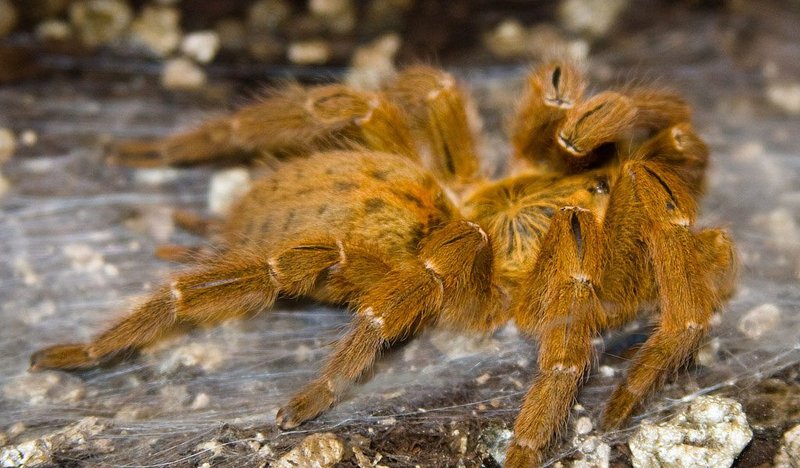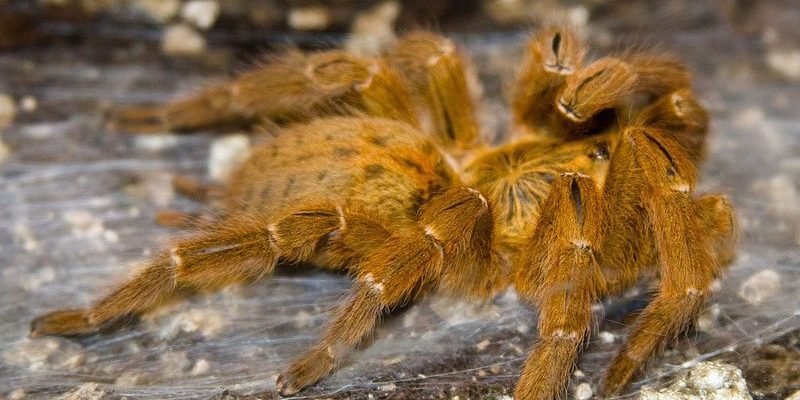
So, what’s the deal with the striped hyena? They’re unique creatures, but many people get them mixed up with their more famous cousins. Some misconceptions can be downright entertaining, while others can spread harmful misunderstandings. Let’s dig in and separate fact from fiction, so you can impress your friends with your newfound hyena knowledge next time you chat over coffee!
Myth 1: Striped Hyenas Are Just Smaller Spotted Hyenas
You might have heard that striped hyenas are simply mini versions of spotted hyenas. While they share a family tree (the Hyaenidae family), that’s where the similarities largely end. Striped hyenas have distinctive features that set them apart, including a slender body, a longer snout, and, of course, those iconic stripes.
Honestly, their appearance is more reminiscent of a wild dog than their spotted cousins. Striped hyenas have a less robust build, making them seem more fragile, though they certainly pack a punch when it comes to survival skills. You might picture a smaller version of a spotted hyena, but let me explain: from their hunting techniques to their social structures, these hyenas play in a different league altogether.
They also prefer solitary or small-group living compared to the often boisterous and social spotted hyenas. Striped hyenas may form pairs or small family groups, but you won’t find them hanging out in the massive clans you’d see with their spotted relatives. This unique social behavior highlights just how distinct these animals are, despite some surface-level similarities.
Myth 2: Striped Hyenas Are Purely Scavengers
Another common misconception is that striped hyenas only scavenge for food. Sure, they do enjoy a good carrion buffet, much like their spotted cousins, but they’re not just scavengers—they’re opportunistic hunters, too. Here’s the thing: they have a diverse diet that can include small mammals, birds, and even fruits or insects when the pickings are slim.
In fact, striped hyenas will actively hunt if the opportunity arises. Their long legs help them cover ground quickly, making them adept at chasing down smaller prey. Imagine them as nature’s versatile eaters, ready to adapt based on what’s available in their environment. Some studies suggest that in areas without many large animals, striped hyenas will hunt more actively rather than rely on scavenging. It’s like having a pantry filled with different food items; if you run out of one, you just go for another!
Plus, being an opportunistic feeder also means they can play a crucial role in their ecosystem, as they help keep the environment clean by consuming carcasses. So, while they won’t turn down a good meal scavenged from another predator, they’re not as lazy as some might think.
Myth 3: Striped Hyenas Are Dangerous to Humans
You might be wondering if striped hyenas pose a threat to humans. This myth likely stems from the hyena’s image as a fierce predator. However, striped hyenas are generally shy and avoid human contact. Most of the time, they prefer to keep their distance, opting for the cover of night as they go about their activities.
It’s important to remember that striped hyenas are more scared of us than we are of them. They’ll typically retreat into the shadows rather than confront a human. Just like how you might avoid bumping into an old acquaintance you don’t want to chat with at a coffee shop, these hyenas would rather steer clear of us. So, while they might seem intimidating with their sharp teeth and powerful jaws, they are not out hunting for humans.
In fact, striped hyenas have more to fear from humans than we do from them. Habitat destruction, hunting, and road accidents pose significant threats to their populations. Understanding their behavior can actually help us coexist with these fascinating creatures rather than fear them.
Myth 4: Striped Hyenas Are Lazy Creatures
Another fun misconception is that striped hyenas are lazy and just lounge around all day. In reality, these animals are quite active and spend a lot of time looking for food, marking their territory, or caring for their young. They may not be as boisterous or visible as spotted hyenas, but that doesn’t mean they’re couch potatoes!
Picture this: after a long day of scavenging and hunting, they may take a few breaks to rest, much like we do after a long work week. Striped hyenas have a nocturnal lifestyle, meaning they are most active at night when they can hunt and scavenge without the heat of the day. Their nocturnal nature can lead people to think they aren’t doing much, but they’re just sneaky about it!
Plus, their adaptability shines in how they use their surroundings. Striped hyenas can thrive in various habitats, from semi-arid regions to forests, showcasing a level of resilience that many animals struggle to achieve. The idea that they’re lazy simply misses the mark on their resourcefulness and survival strategies.
Myth 5: Striped Hyenas Are Social Like Their Spotted Cousins
You might think all hyenas are social like the spotted hyena, but that’s not the case for striped hyenas. While spotted hyenas are known for their large, hierarchical clans, striped hyenas tend to be solitary or live in small family groups. Imagine the difference between a raucous family gathering and a quiet dinner with your closest friend—that’s how their social structures compare.
Striped hyenas don’t rely on large groups for hunting or protection, which impacts their behavior and interactions. Typically, they communicate through vocalizations, scent markings, and body language rather than forming complex social hierarchies. This means you won’t catch them engaging in the same kind of playful antics that you might see in a clan of spotted hyenas.
Their independent nature makes them fascinating to study. It reminds us that different species have evolved diverse ways to thrive in their environments. Just because they’re related doesn’t mean they’ll behave the same way.
In wrapping up, the striped hyena is a remarkable creature often misunderstood. From being thought of as mini spotted hyenas to being portrayed as lazy scavengers, many myths surround these fascinating animals. By debunking these misconceptions, we can appreciate the unique qualities of striped hyenas and help protect them as they navigate a world that often overlooks them.
So next time you hear someone rattle off a hyena myth, you’ll be armed with facts and ready to set the record straight! Whether you’re sharing this with friends over coffee or simply expanding your own knowledge, understanding striped hyenas enriches our appreciation for the wild. They may not be the stars of the show like their spotted relatives, but they definitely deserve their time in the spotlight.

